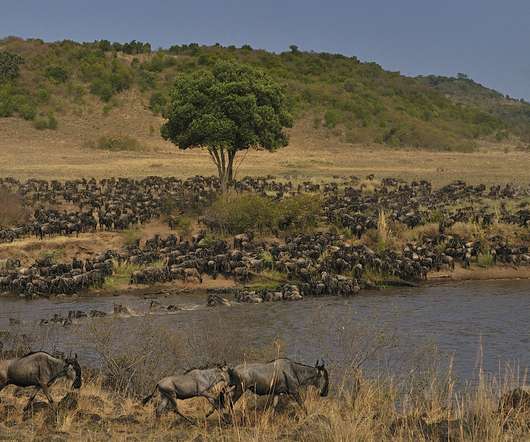Birding crème de la crème: Africa – Ngorongoro Crater to Queen Elizabeth II National Park
10,000 Birds
JANUARY 14, 2021
Geographic patterns of species richness for birds (1,558 species) in East Africa at 0.25° resolution (blue indicates low species richness, while brown indicates high species richness). At the time of writing, Uganda has 16 hotspots with 400+ so far eBirded species, of which one has almost 600 species.












Let's personalize your content